In collaboration with: Benthe De Man, Dieke De Gendt, Elise Ludinard, Géraldine Haas, Isabella Daffara, Jacopo Buccino, Kaori Ishiguro, Lucía Nieto Vera, Matthew Decuyper and Mimi Wascher
Concept: Timothy Nouzak
In conversation with: Freda Fiala and Guy Cools
Artistic Documentation: Polina Fenko
Outside Eye: Manon Santkin
Residency support: STUK-House for Dance, Image & Sound, Wild Gallery, De School van Gaasbeek, Studio Zaman, P.A.R.T.S. and WEMOVE.
Special thanks to: Laura, Thomas, Ryan, Sien, Steven, other Steven and Mary
The Brussels Edition has been initiated during the STUDIOS Programme at P.A.R.T.S and has been performed 19. & 20. June 2021 at Rosas Performance Space, Brussels.
Concept: Timothy Nouzak
In conversation with: Freda Fiala and Guy Cools
Artistic Documentation: Polina Fenko
Outside Eye: Manon Santkin
Residency support: STUK-House for Dance, Image & Sound, Wild Gallery, De School van Gaasbeek, Studio Zaman, P.A.R.T.S. and WEMOVE.
Special thanks to: Laura, Thomas, Ryan, Sien, Steven, other Steven and Mary
The Brussels Edition has been initiated during the STUDIOS Programme at P.A.R.T.S and has been performed 19. & 20. June 2021 at Rosas Performance Space, Brussels.
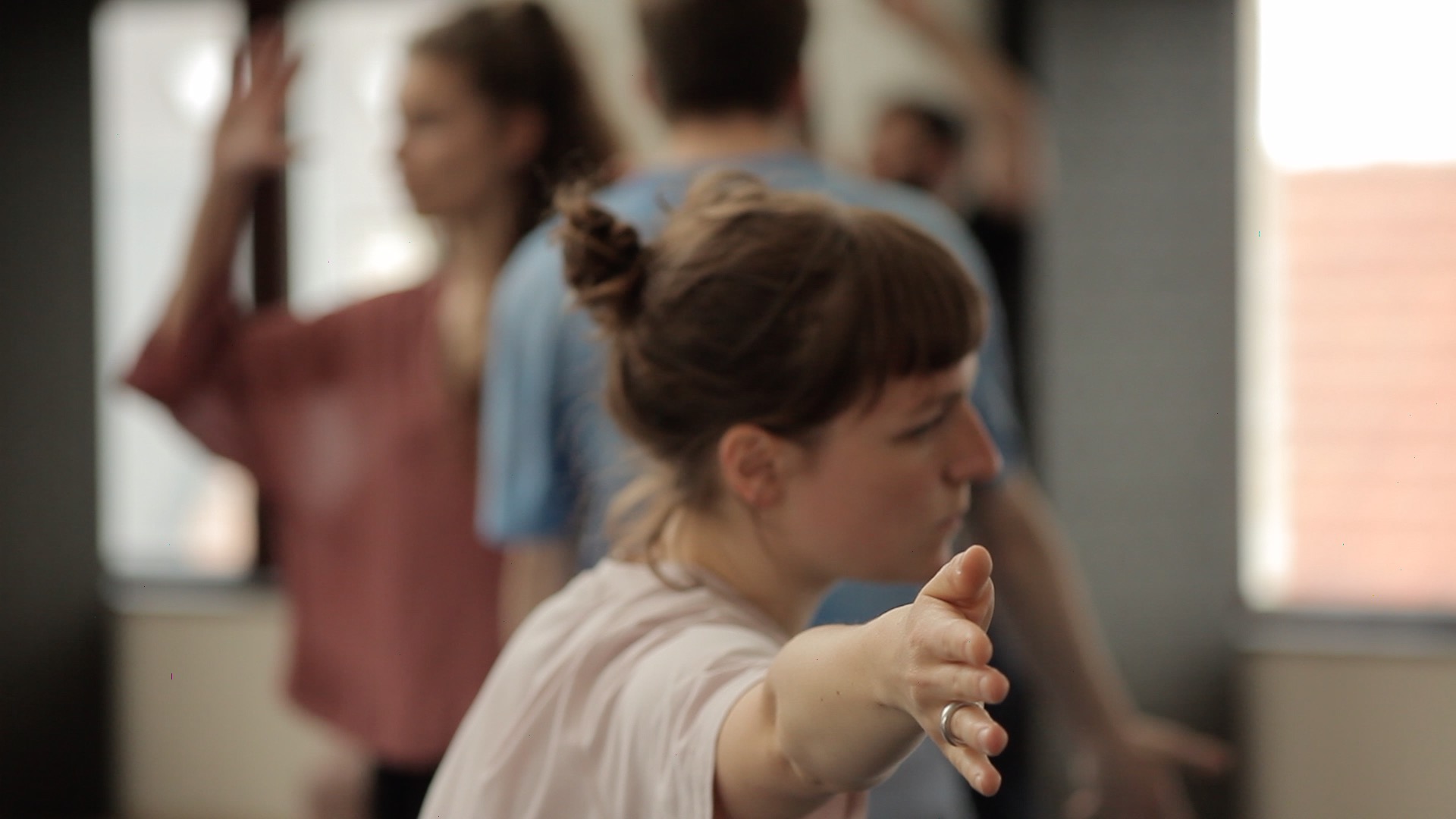
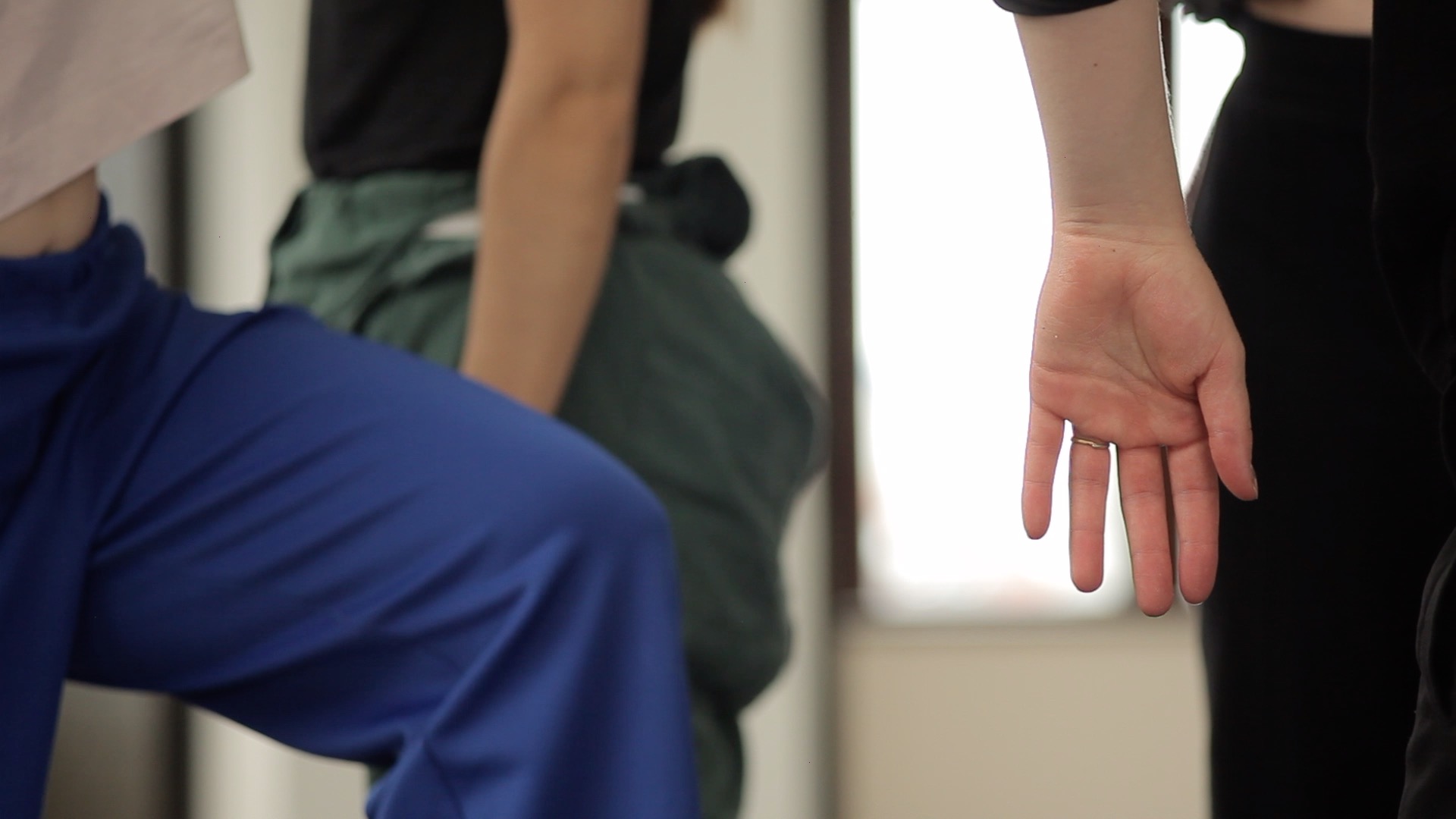
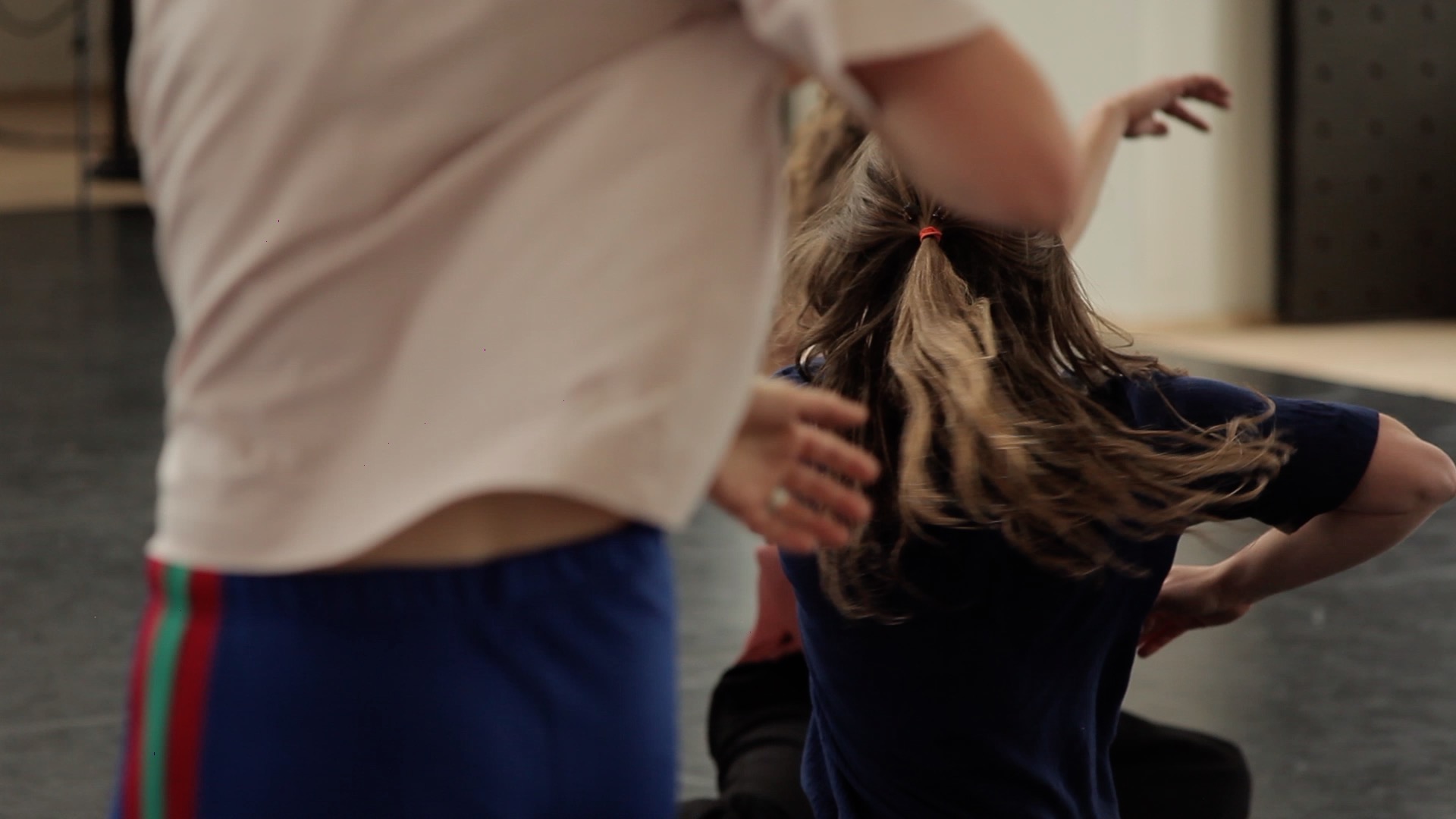
1. What is the « Common works » project?
„Common-Works“ is a guided space of exchange where a group of collaborating performers come together to improvise, dialogue, share and experiment in order to find, on the basis of the ideas and concepts that circulated throughout the past editions of the score, a new possible access on what the next edition might be. „Common-Works“ oscillates thereby between an intimate, process-based research and a performative practice which is articulated within a public presentation.
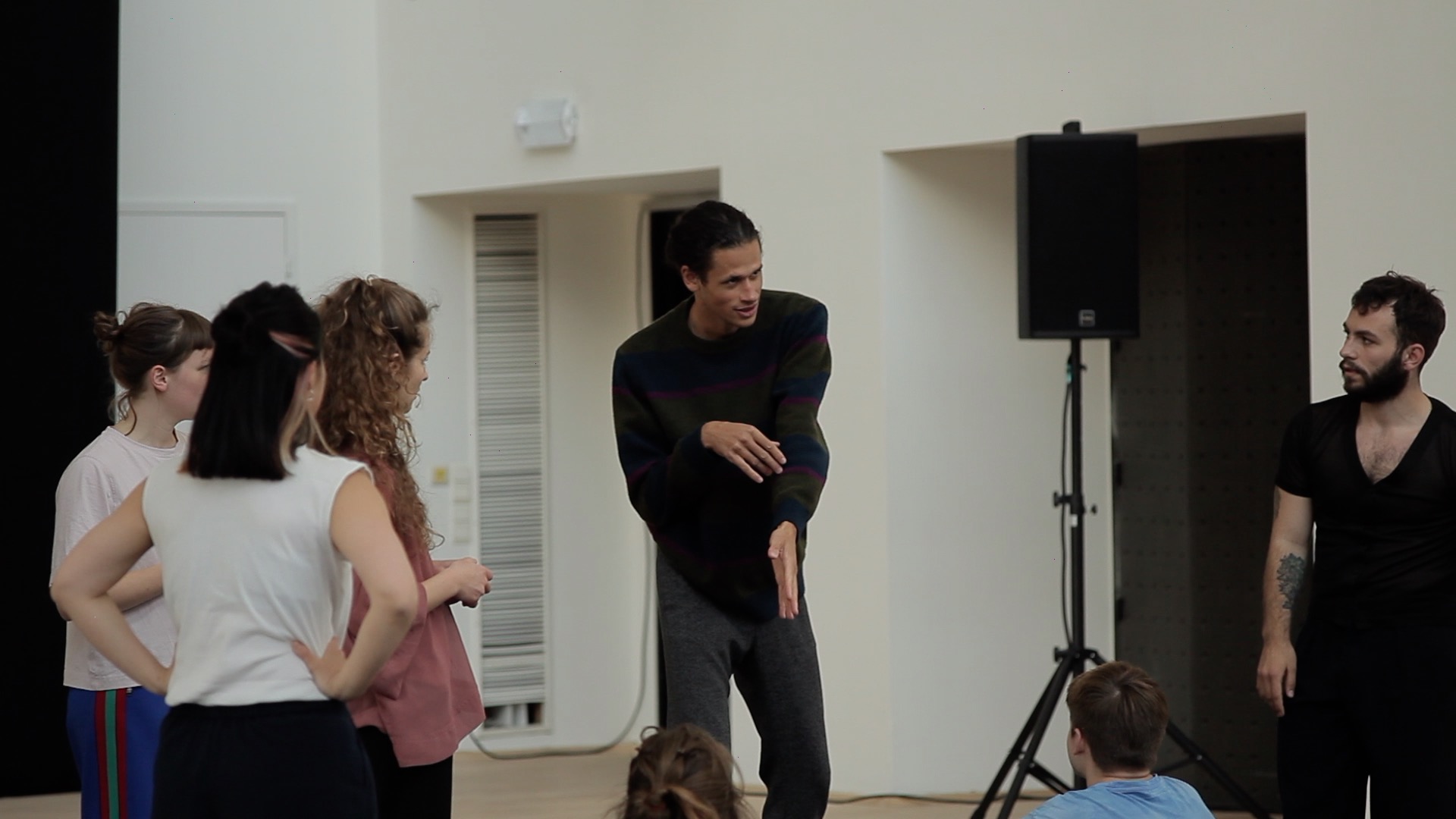
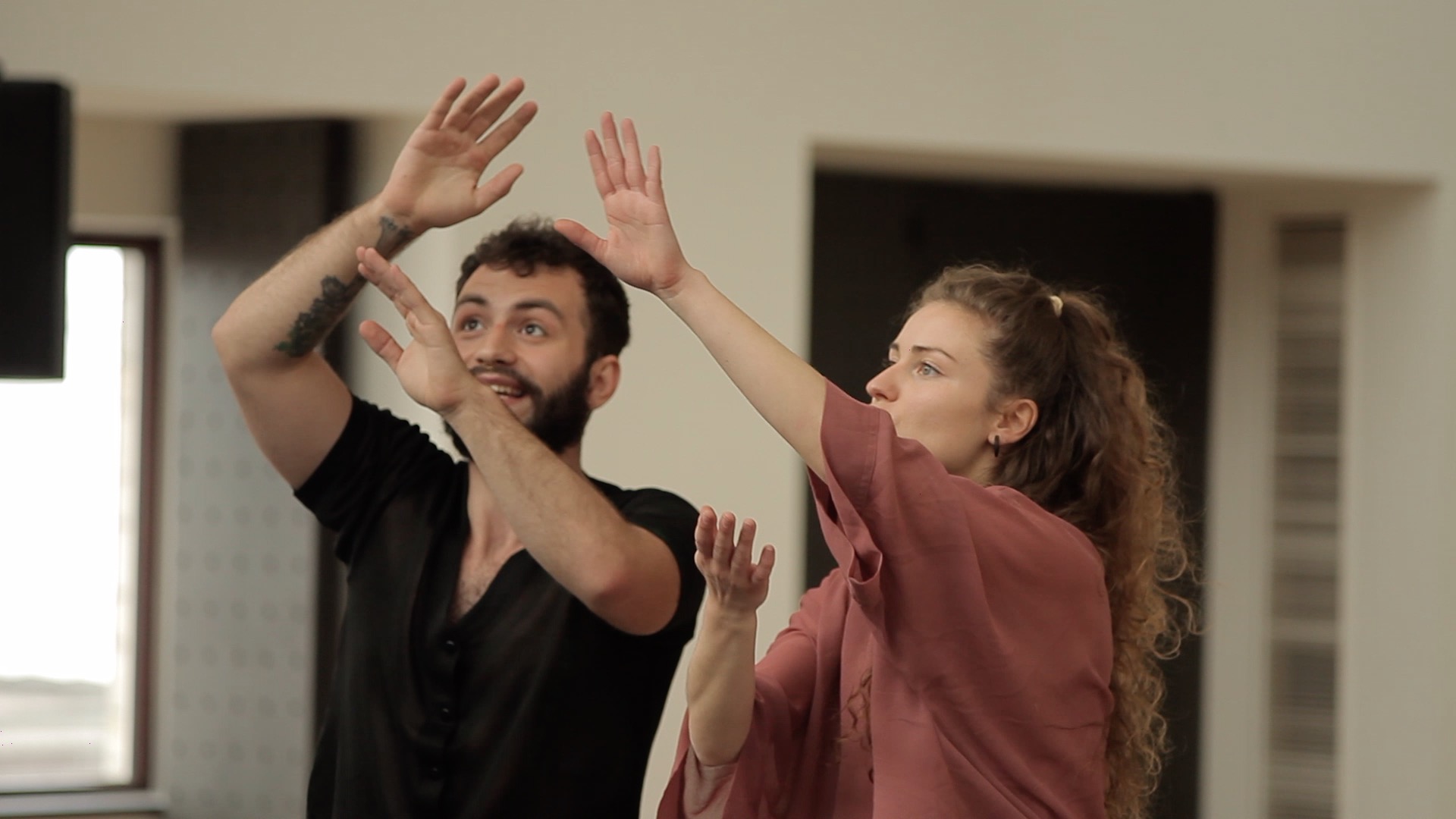


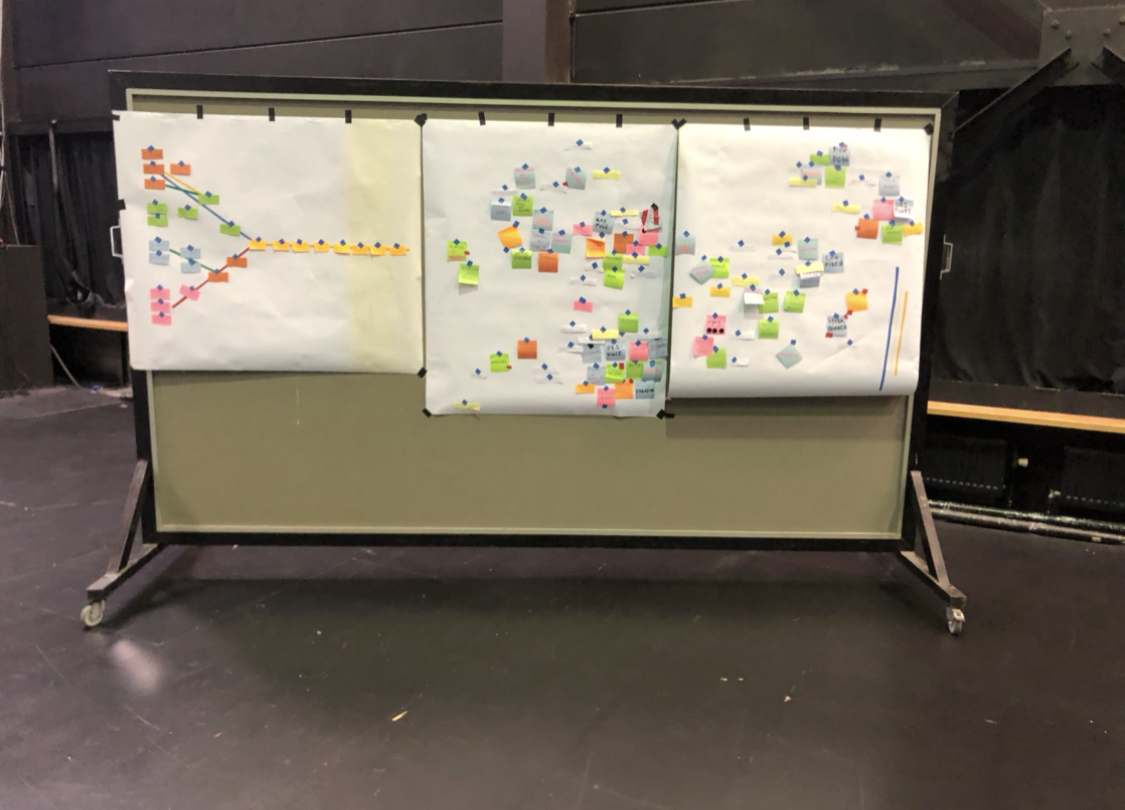
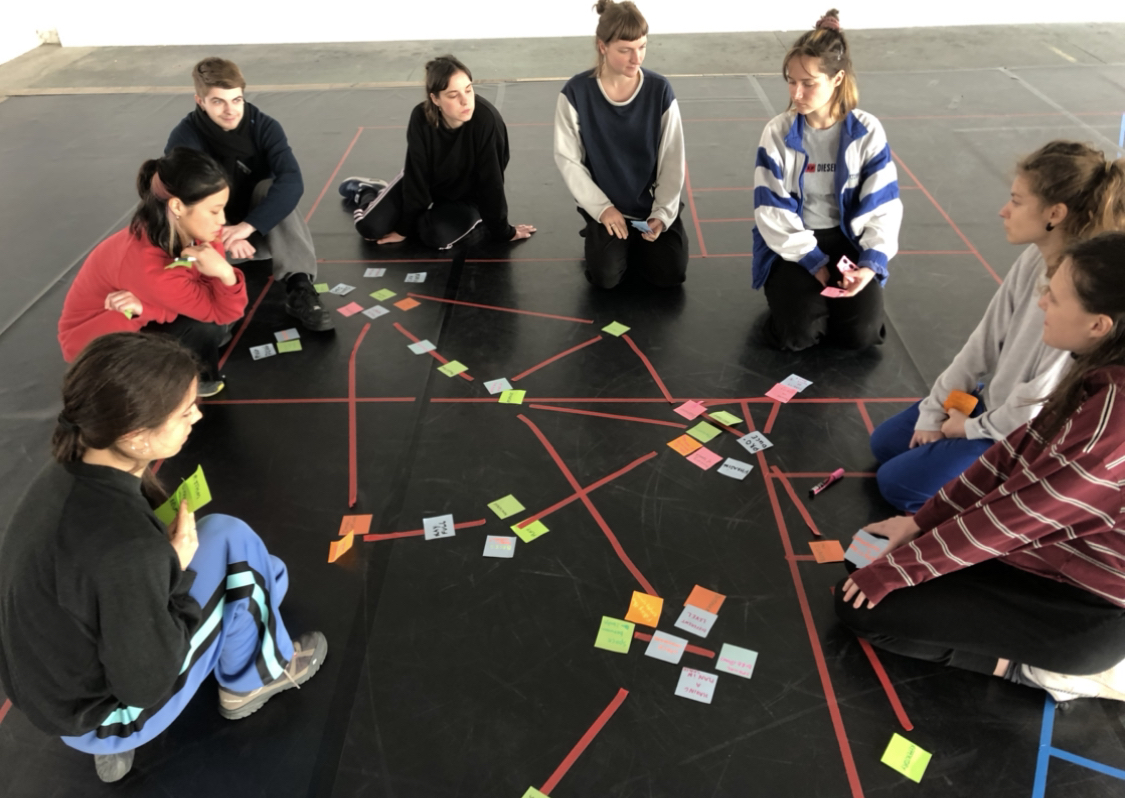
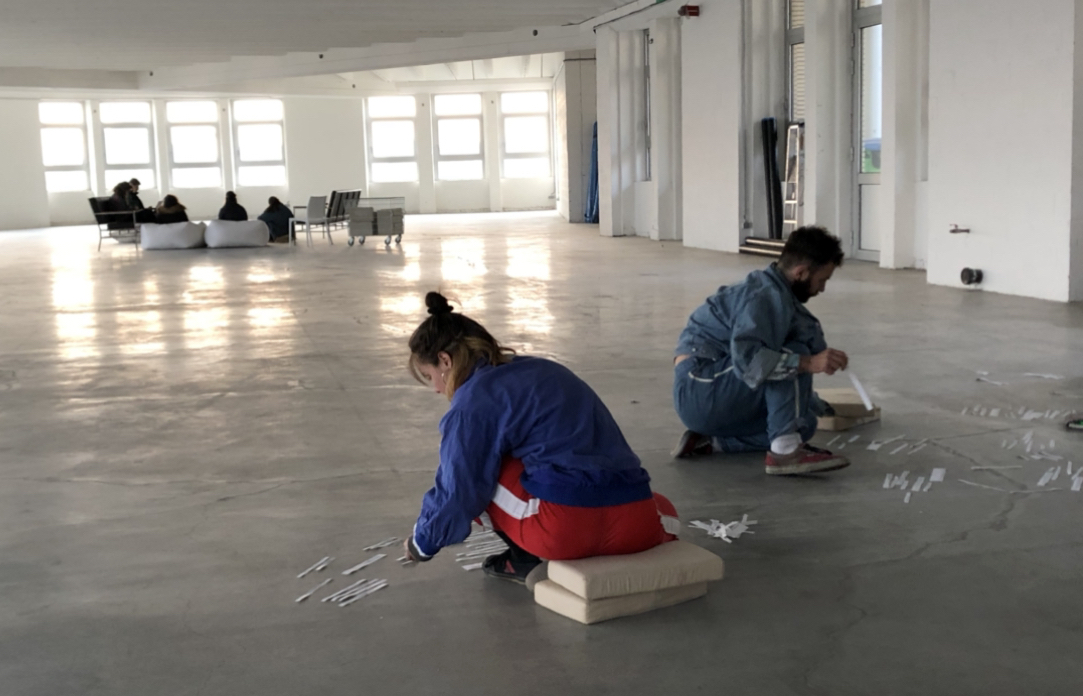

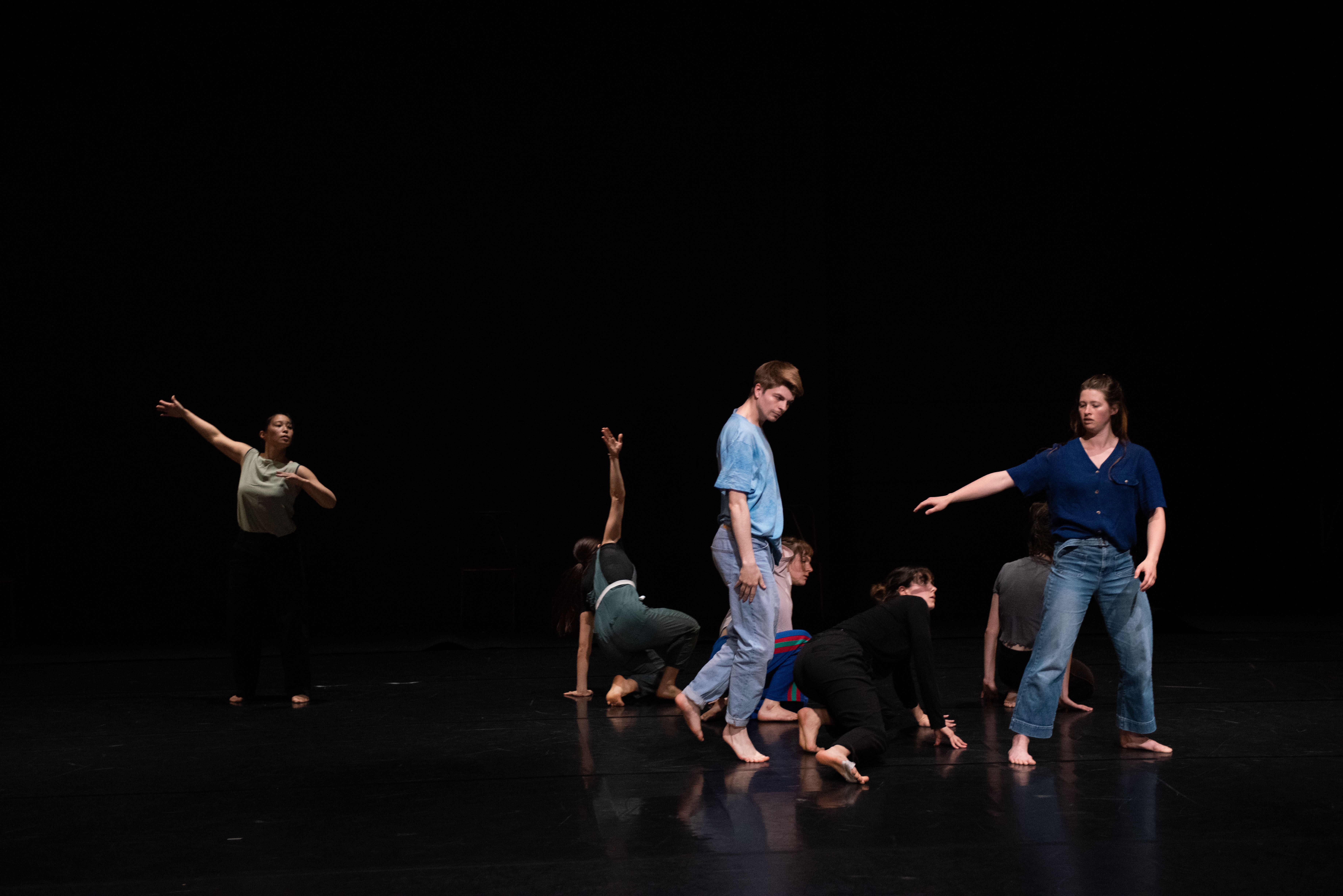



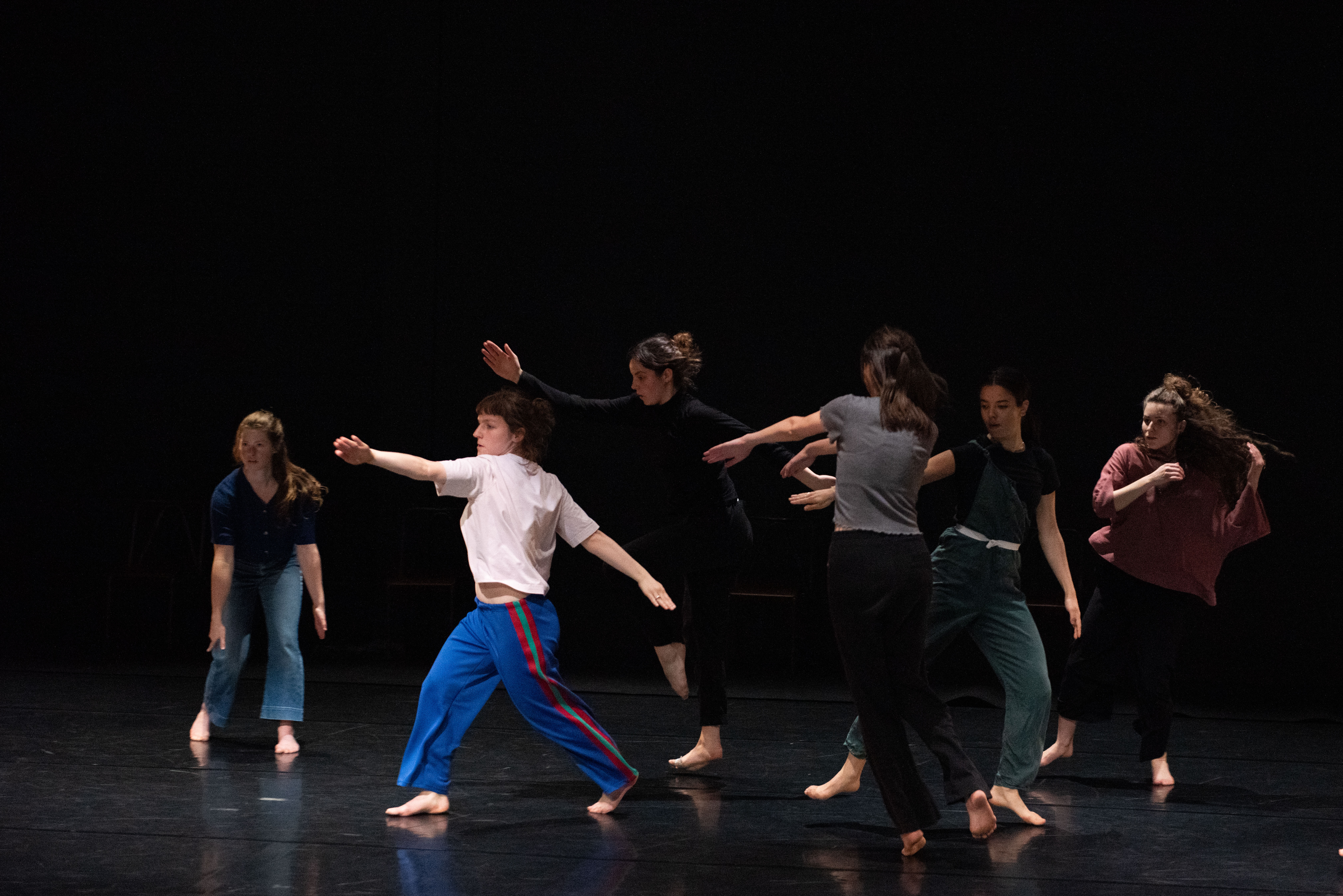

2. What is the « Common works » project about?
„Common-Works“ contains three key notions that seem to so far have reoccured within each edition. I would like to elaborate, how this notions seem to relate and trigger existent values that have so far helped to shape the project.

2.1.) representation towards attentive approximation
In the previous editions I have seen how indispensable processes of ‚attentive approximation‘ in the frame of the „Common-Works“ project are. The project intends to establish a platform where a group of performers that have not yet worked together before, jointly start to dialogue, improvise and experiment in order to research, on the basis of the ideas and concepts that circulated throughout the past editions of the score, what a new possible prospect of a future edition could be. For this, it is crucial that each performer has the feeling that they are being listened to in a reflected, open and transparent manner. Only then there is an openness and willingness present that enables them to share their thoughts and ideas regarding previous editions, as well as to share more personal, fragile and intimate connections that come up when dealing with notions of dance and performance.
In the beginning we are not looking for a direct or simple consensus in the group. We instead practice how we actually listen to each other, how we make sense of each others views and how this physically translates later on in space. The work is about negotiating, approximating and exchanging what values and ethics each one intends to carry into the process. As such, one needs to grow a heightened attention in order to understand how the other may reflect, apply and represent their ideas (e.g. their own artistic register) in the moment of a shared research. As such the diverse array of discursive embodied methodologies that we use to share knowledge in the work (cf. Question 8) emphasizes an underlaying set of trust and solidarity which, towards the end of the edition, becomes a crucial foundation for the collective improvisational moments in the work.
Regarding the latter, performative as well as representational questions relate to ideas of product and productivity, namely by asking: „What values are actually being re-presented and how did they change throughout the process?“ One could argue that it is the various tactile encounters and relationships in space that are being formed, researched and developed during the time that we spent together and that at the end had sediment through an additional performative layer when we share to work with a public.
In the previous editions I have seen how indispensable processes of ‚attentive approximation‘ in the frame of the „Common-Works“ project are. The project intends to establish a platform where a group of performers that have not yet worked together before, jointly start to dialogue, improvise and experiment in order to research, on the basis of the ideas and concepts that circulated throughout the past editions of the score, what a new possible prospect of a future edition could be. For this, it is crucial that each performer has the feeling that they are being listened to in a reflected, open and transparent manner. Only then there is an openness and willingness present that enables them to share their thoughts and ideas regarding previous editions, as well as to share more personal, fragile and intimate connections that come up when dealing with notions of dance and performance.
In the beginning we are not looking for a direct or simple consensus in the group. We instead practice how we actually listen to each other, how we make sense of each others views and how this physically translates later on in space. The work is about negotiating, approximating and exchanging what values and ethics each one intends to carry into the process. As such, one needs to grow a heightened attention in order to understand how the other may reflect, apply and represent their ideas (e.g. their own artistic register) in the moment of a shared research. As such the diverse array of discursive embodied methodologies that we use to share knowledge in the work (cf. Question 8) emphasizes an underlaying set of trust and solidarity which, towards the end of the edition, becomes a crucial foundation for the collective improvisational moments in the work.
Regarding the latter, performative as well as representational questions relate to ideas of product and productivity, namely by asking: „What values are actually being re-presented and how did they change throughout the process?“ One could argue that it is the various tactile encounters and relationships in space that are being formed, researched and developed during the time that we spent together and that at the end had sediment through an additional performative layer when we share to work with a public.
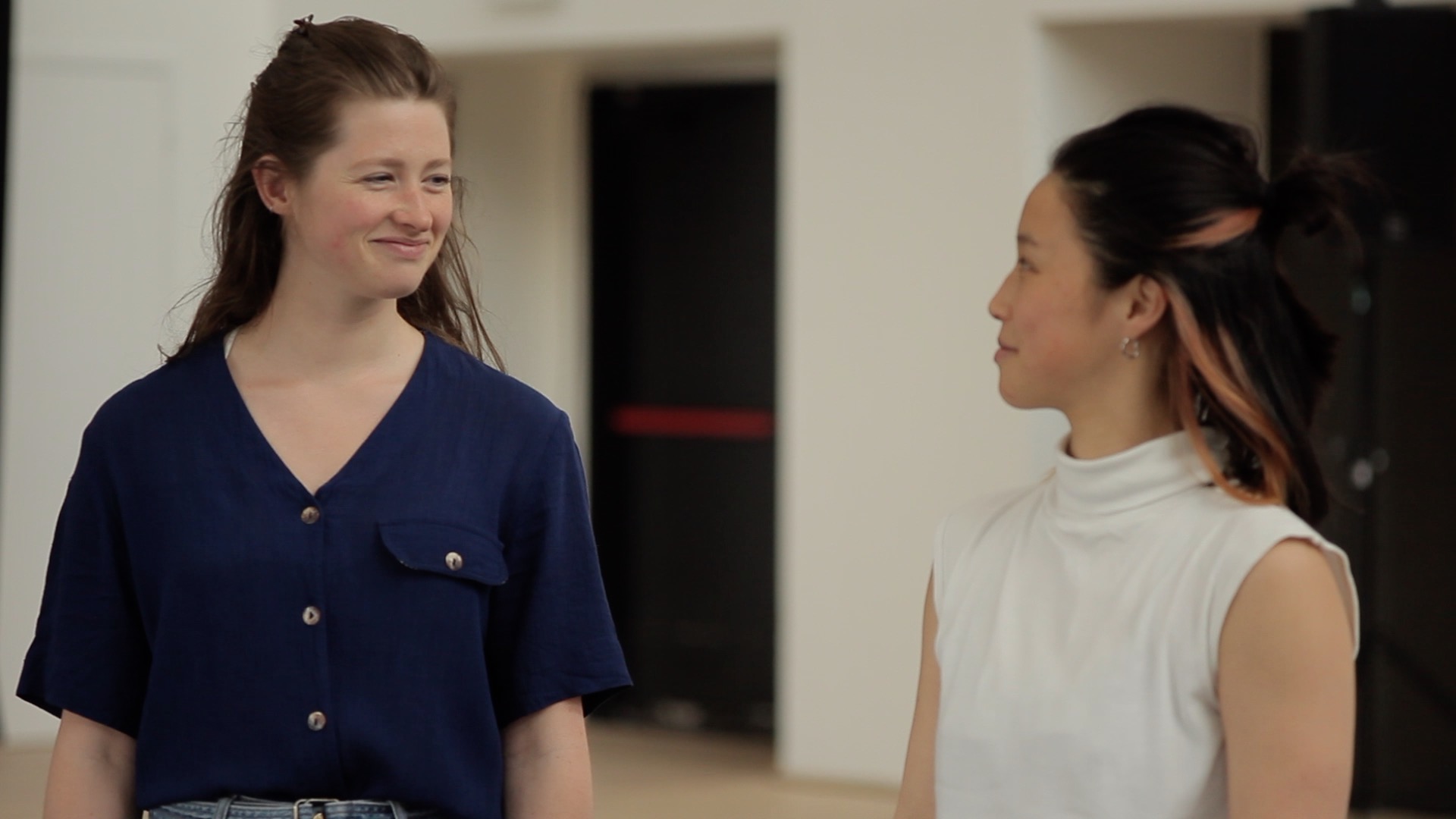


2.2.) repetition towards sameness that re-actualizes and transforms
The context of „Common-Works“ is always being newly negotiated as the work happens each time with a new group of performers. What will become ‚common‘ in each edition always depends on what the discursive embodied methodologies that we use each time in the work (cf. Question 8) seem to highlight in this current context. The act of un-doing and re-doing, i.e. of deconstruction and reconstruction is an important way how knowledge and meaning in the work tends to arise and is shared: We often repeat and layer information, e.g. with maps and clusters where we usually return to them each day with new, more connected information.
By referring to „Common-Works“ as a semi-improvised movement score practice, one can note ways how repetition affects the practice: Through a continuous processes of attentive approximation, the negotiation of differences, the improvisational work becomes more and more structured.
![]()
![]()
The context of „Common-Works“ is always being newly negotiated as the work happens each time with a new group of performers. What will become ‚common‘ in each edition always depends on what the discursive embodied methodologies that we use each time in the work (cf. Question 8) seem to highlight in this current context. The act of un-doing and re-doing, i.e. of deconstruction and reconstruction is an important way how knowledge and meaning in the work tends to arise and is shared: We often repeat and layer information, e.g. with maps and clusters where we usually return to them each day with new, more connected information.
By referring to „Common-Works“ as a semi-improvised movement score practice, one can note ways how repetition affects the practice: Through a continuous processes of attentive approximation, the negotiation of differences, the improvisational work becomes more and more structured.
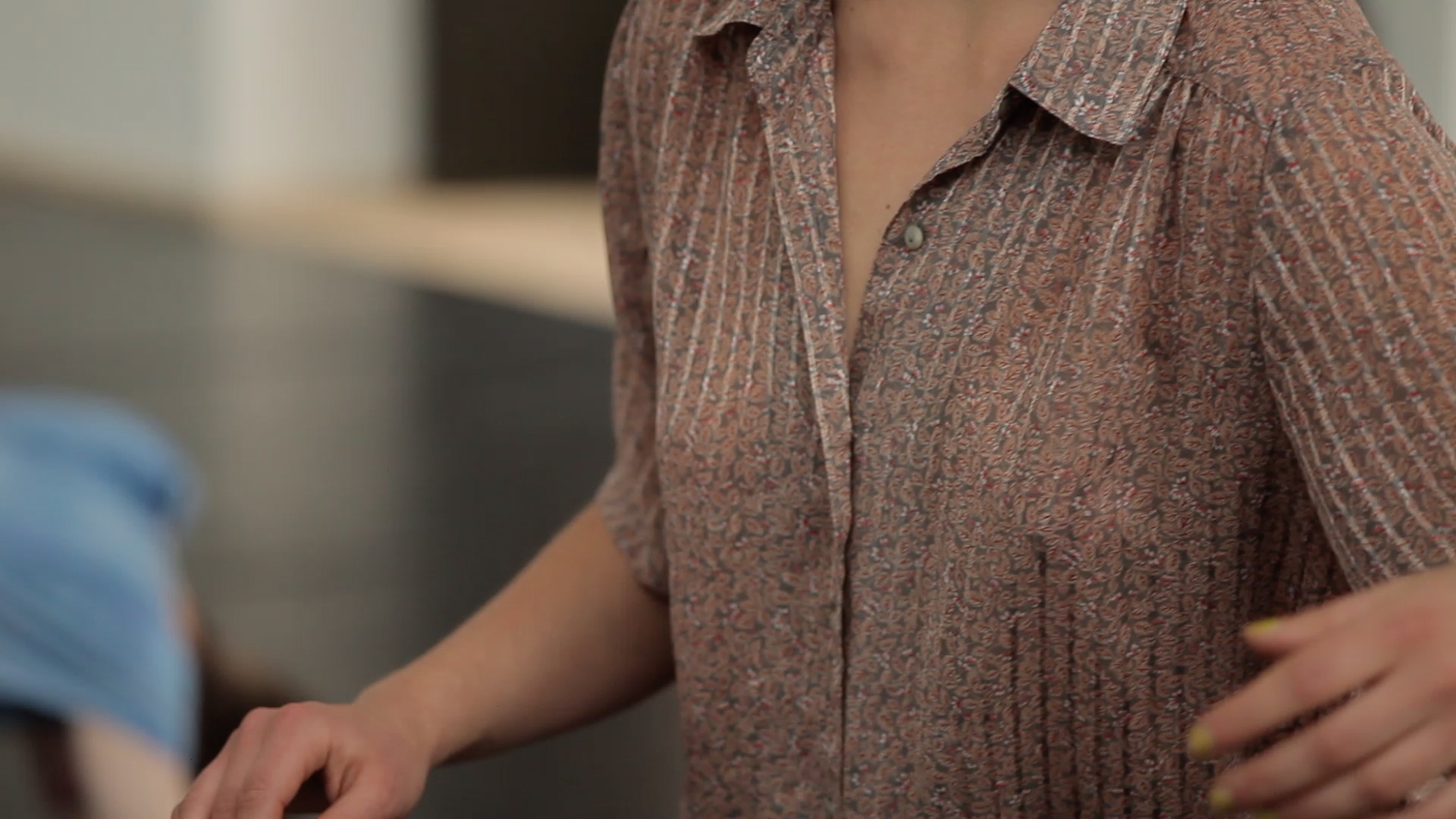
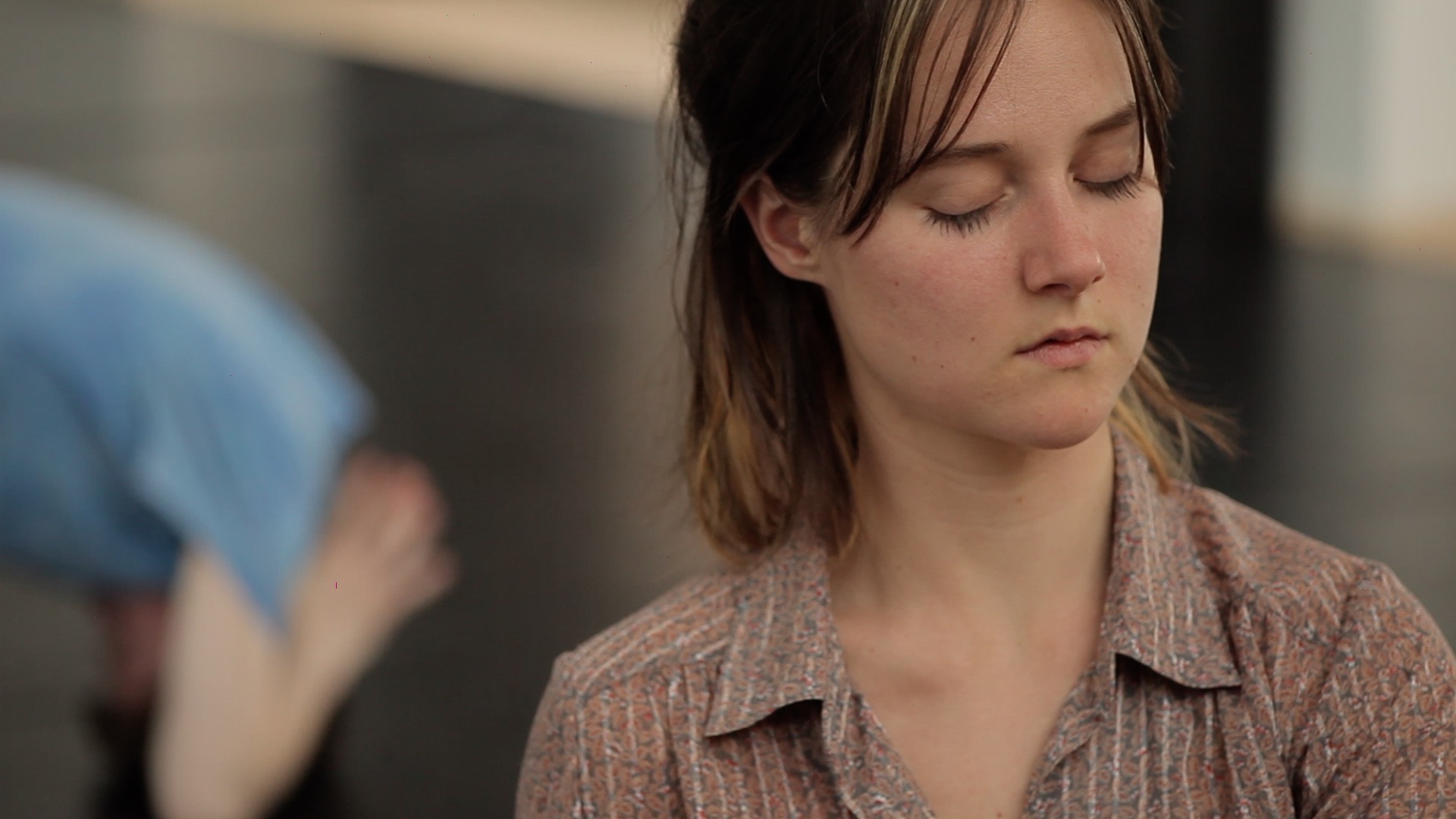
2.3.) Semi-improvised movement score practices towards playfulness
Another important value of „Common-Works" is signified through the idea of play and playfulness. In reference many historical improvisation canons, I use improvisational movement structures in work that are semi-improvised: Usually being to be more instruction based and thus not completely set, one is encouraged to negotiate it in the moment how one relates and works with the other on the basis of the previous conversational and embodied encounter in the creation research. Further scores that are used usually contain a certain lightness and playfulness while working with them. Text based or instructional scores so far seemed to have worked well as often the process of translating something into another medium (e.g. written instructive language into a situational occurrence) is often engaged in the process with a form of shared, collective curiosity what it might evolve to when working on it.
As such scores usually themselves become a choreographic agent that may sometimes trigger impossibility or confusion but so far has refrained from failure or abandonment within the performers engagement. In the work, specific improvisational scores seem to emancipate and liberate performer’s agency but also makes them trust their own enactment and problem solving in the process. Further, it also seems to stipulate a certain form of co-dependency as usually the group decodes and analyzes the score together and on this basis builds a shared precedural code. Personally, I deem this choreographic methodology of writing scores that are then to be worked out in by the group as an interesting way on how to arrive to choreographic answers in a more conversational manner. (cf. question 5.)
Additionally, the emphasis on play, playfulness and lightness affects also our understanding of theory and discourse in the work. (cf. question 13.) I usually ask the performers to develop on the basis of specific short text fragments a research practice that they should bring into the first day of our research creation. When framing this task, I’m highlighting that one should remain in playful relation to the text fragments: As such some people may tend to refer to some words that may speak to them in a literal, illustrative sense where they associate the functionality in direct relation to their embodied or performative propositions. While others seem to deconstruct and reconstruct the meaning of a text it in a more analytical manner, e.g. by cross-referencing specific intentions of the text with other poetic and/or academic sources that help to place and develop the practice. In „Common-Works“ I insist that both ways should equally be respected as they both serve the same overall intentions: 1. It makes each individual practice easier relate to one another. 2. We use the texts in order to build a shared register of reoccurring terms and qualities that facilitates the further aboutness of each edition.
Another important value of „Common-Works" is signified through the idea of play and playfulness. In reference many historical improvisation canons, I use improvisational movement structures in work that are semi-improvised: Usually being to be more instruction based and thus not completely set, one is encouraged to negotiate it in the moment how one relates and works with the other on the basis of the previous conversational and embodied encounter in the creation research. Further scores that are used usually contain a certain lightness and playfulness while working with them. Text based or instructional scores so far seemed to have worked well as often the process of translating something into another medium (e.g. written instructive language into a situational occurrence) is often engaged in the process with a form of shared, collective curiosity what it might evolve to when working on it.
As such scores usually themselves become a choreographic agent that may sometimes trigger impossibility or confusion but so far has refrained from failure or abandonment within the performers engagement. In the work, specific improvisational scores seem to emancipate and liberate performer’s agency but also makes them trust their own enactment and problem solving in the process. Further, it also seems to stipulate a certain form of co-dependency as usually the group decodes and analyzes the score together and on this basis builds a shared precedural code. Personally, I deem this choreographic methodology of writing scores that are then to be worked out in by the group as an interesting way on how to arrive to choreographic answers in a more conversational manner. (cf. question 5.)
Additionally, the emphasis on play, playfulness and lightness affects also our understanding of theory and discourse in the work. (cf. question 13.) I usually ask the performers to develop on the basis of specific short text fragments a research practice that they should bring into the first day of our research creation. When framing this task, I’m highlighting that one should remain in playful relation to the text fragments: As such some people may tend to refer to some words that may speak to them in a literal, illustrative sense where they associate the functionality in direct relation to their embodied or performative propositions. While others seem to deconstruct and reconstruct the meaning of a text it in a more analytical manner, e.g. by cross-referencing specific intentions of the text with other poetic and/or academic sources that help to place and develop the practice. In „Common-Works“ I insist that both ways should equally be respected as they both serve the same overall intentions: 1. It makes each individual practice easier relate to one another. 2. We use the texts in order to build a shared register of reoccurring terms and qualities that facilitates the further aboutness of each edition.

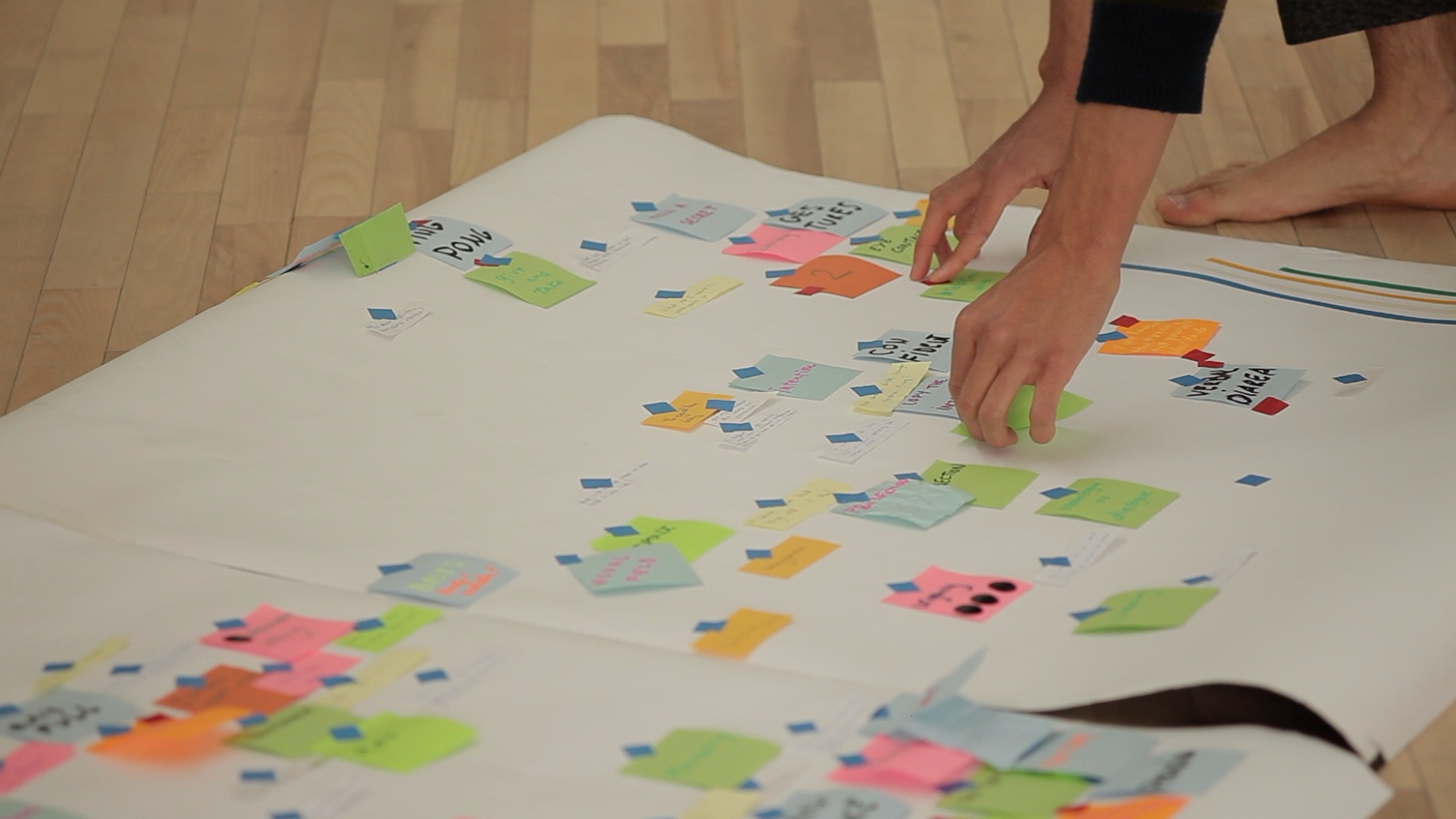


© photo/video by Mary Szydlowska